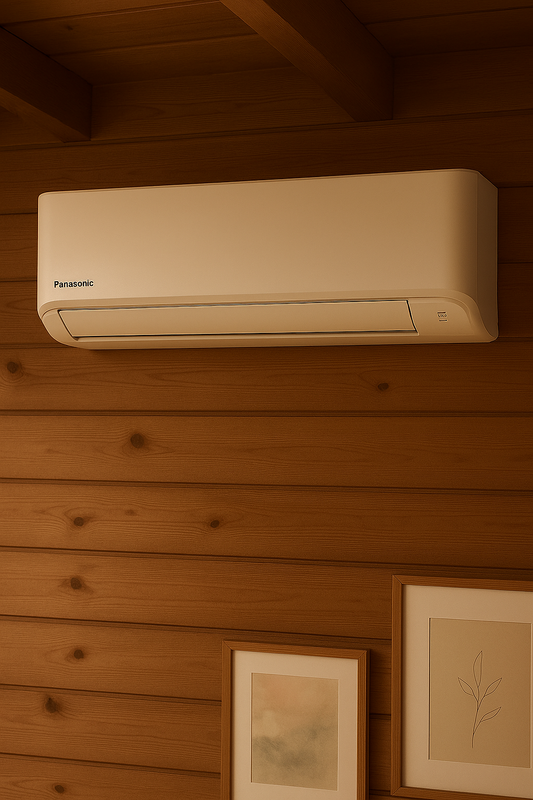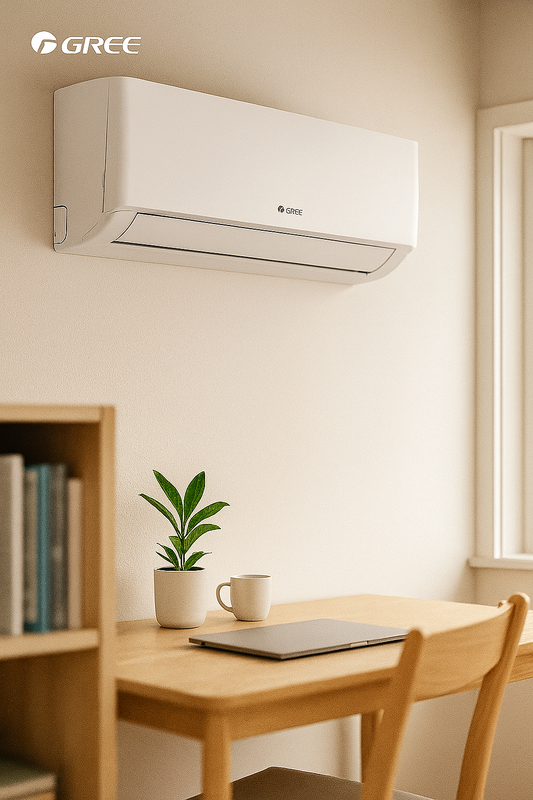Steg för steg: från bergvärme till installerad värmepump – tidslinje
Inledning
I denna artikel kommer vi att utforska stegen från bergvärme till installerad värmepump och hur denna process kan se ut i form av en tidslinje. Vi kommer att ta en närmare titt på definitionen, fördelarna, användningsområden, relaterade tekniker och vanliga frågor för att ge en djupare förståelse för detta ämne.
Definition och bakgrund
Bergvärme är en förnybar energikälla som utnyttjar värmen som lagras i berggrunden för att producera värme och varmvatten till bostäder och kommersiella byggnader. Genom att använda en värmepump kan denna naturliga värmeenergi omvandlas till användbar värme för uppvärmning av inomhusmiljöer.
Fördelar och användningsområden
Den främsta fördelen med bergvärme och installerade värmepumpar är deras miljövänliga natur och låga energikostnader på lång sikt. Dessa system kan användas för uppvärmning, kylning och produktion av varmvatten, vilket gör dem mångsidiga och ekonomiska. De kan också bidra till minskade koldioxidutsläpp och beroende av fossila bränslen.
Relaterade tekniker, begrepp eller variationer
Det finns olika typer av värmepumpar, inklusive luft-vatten-värmepumpar och sjövärmevärmepumpar, vilka utnyttjar olika naturliga energikällor för att producera värme. Dessutom kan tillägg som solpaneler och smarta styrningssystem integreras med bergvärme och värmepumpar för att maximera energieffektiviteten.
Vanliga frågor (FAQ)
-
Är bergvärme och värmepumpar kostsamma att installera?
Initiala installationskostnader kan vara högre jämfört med konventionella värmesystem, men långsiktiga energibesparingar kompenserar vanligtvis för detta.
-
Kan bergvärme och värmepumpar fungera effektivt i kalla klimat?
Ja, moderna värmepumpar är utformade för att fungera även vid låga temperaturer och kan vara effektiva även i kalla klimatförhållanden.
-
Finns det finansiella incitament för att installera bergvärme och värmepumpar?
Ja, många regeringar och energibolag erbjuder incitament i form av skatterabatter eller bidrag för installation av förnybara energisystem som bergvärme och värmepumpar.
Installation Process
The process of transitioning from geothermal energy to an installed heat pump involves several key steps. First, a site survey and geological assessment are conducted to determine the feasibility of geothermal heating and the best location for the ground loop system. Next, the ground loop is installed, which involves drilling boreholes or laying horizontal piping in trenches. After the ground loop is in place, the heat pump unit is installed within the building, connected to the loop, and the system is tested and commissioned to ensure optimal performance.
Energy Efficiency and Savings
Geothermal heat pumps are known for their high energy efficiency and potential for significant cost savings over the long term. By harnessing stable underground temperatures, these systems can provide consistent heating and cooling while consuming less energy than traditional HVAC systems. This results in reduced utility bills and a smaller environmental footprint, making geothermal heat pumps a compelling choice for environmentally conscious individuals and organizations.
Case Study: Residential Geothermal Installation
In a residential setting, the transition from geothermal energy to an installed heat pump can offer substantial benefits. For example, a homeowner in a moderate climate region may choose to replace their conventional heating and cooling system with a geothermal heat pump. This decision can lead to lower operating costs, improved indoor comfort, and a reduced reliance on non-renewable energy sources, enhancing the overall sustainability of the property.
Environmental Impact
Geothermal energy and heat pumps play a role in reducing greenhouse gas emissions and mitigating climate change. By utilizing the Earth's natural heat, geothermal systems minimize the need for fossil fuels, leading to lower carbon dioxide emissions. Additionally, the absence of outdoor units in geothermal heat pump installations contributes to a quieter and aesthetically pleasing outdoor environment, further enhancing the appeal of these systems.
Regulatory Considerations and Incentives
Government policies and incentives can significantly influence the adoption of geothermal energy and heat pump technology. Many regions offer tax credits, rebates, or low-interest financing options to promote the installation of renewable energy systems. Understanding the available incentives and regulatory requirements is essential for individuals and businesses considering a transition to geothermal heating and cooling.
Conclusion
As we conclude our exploration of the transition from geothermal energy to an installed heat pump, it becomes evident that this process represents a sustainable and forward-thinking approach to building HVAC. With their environmental benefits, energy efficiency, and long-term cost savings, geothermal heat pumps are positioned as a compelling choice for residential, commercial, and institutional applications, contributing to a greener and more sustainable future.



